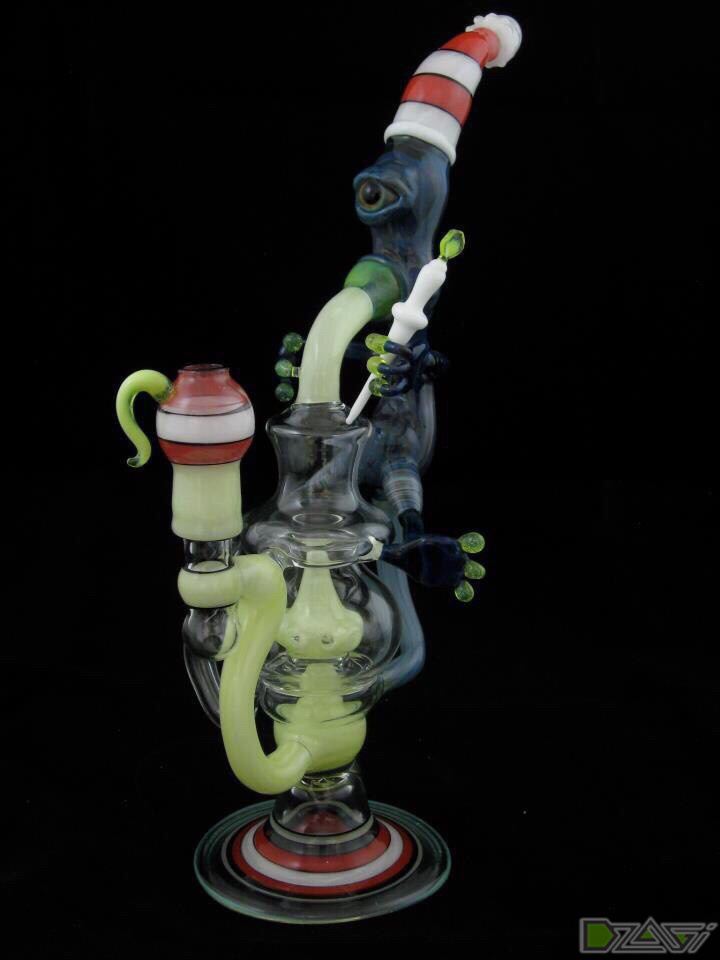Water pipes, commonly known as beaker bong, have been used for centuries across various cultures for smoking tobacco and other substances. Their design, which incorporates water filtration, has made them popular among users seeking a smoother smoking experience. While the traditional use of bongs has often been associated with recreational purposes, a growing trend has emerged that focuses on their medical applications. This article explores the significance of medical bongs, their historical context, and the evolving perceptions surrounding their use in medical treatments.
The history of water pipes dates back to ancient civilizations. The earliest known use of a bong-like device can be traced to the Scythians, a nomadic tribe from Central Asia, around 400 BC. They utilized gold and silver bongs to smoke cannabis and other herbs. Over the centuries, different cultures have adapted the design of bongs, incorporating materials like wood, glass, and ceramic. Each adaptation reflects the cultural context and smoking practices of the time.
In the 20th century, bongs gained popularity in Western culture, particularly during the counterculture movement of the 1960s and 1970s. They became symbols of rebellion and freedom, often associated with the use of marijuana. However, as attitudes toward cannabis began to shift, particularly in the context of medical use, the perception of bongs also evolved. Today, medical bongs are increasingly recognized for their potential therapeutic benefits.

With the legalization of medical cannabis in many regions, the demand for effective methods of consumption has risen. Medical bongs offer a unique solution by combining the benefits of water filtration with the therapeutic properties of cannabis. The water in a bong cools the smoke, making it less harsh on the lungs. This is particularly important for medical users who may have respiratory issues or other health concerns. By reducing the temperature of the smoke, bongs can provide a more enjoyable and less irritating experience.
Moreover, medical bongs allow for precise dosing. Many users prefer to control the amount of cannabis they consume, and bongs can facilitate this through their design. Users can take smaller hits, allowing them to gauge their tolerance and adjust their intake accordingly. This level of control is essential for medical patients who need to manage specific symptoms without overconsumption.
One of the primary advantages of using bongs for medical purposes is the enhanced filtration system. The water in a bong acts as a filter, trapping some of the harmful toxins and particulates found in smoke. This can lead to a cleaner inhalation experience compared to traditional smoking methods. For patients suffering from chronic pain, anxiety, or other conditions, this can make a significant difference in their overall comfort and health.
Additionally, the act of using a bong can be a more social experience compared to other methods of consumption. Many medical patients find comfort in sharing their experiences with others. The communal aspect of using a bong can foster a sense of community and support among users, which is particularly beneficial for those dealing with chronic illnesses or mental health issues.
Despite the benefits, there are still challenges and misconceptions surrounding the use of medical bonglifeaustralia.com. One common misconception is that bongs are only associated with recreational drug use. This stigma can deter some medical patients from using bongs as a method of consumption, even if it may be the best option for their needs.
Furthermore, there is a lack of standardized research on the medical efficacy of bongs compared to other consumption methods. While anecdotal evidence suggests that many users experience relief from symptoms when using bongs, more rigorous scientific studies are needed to validate these claims. This gap in research can lead to skepticism among healthcare providers and patients alike.

For those interested in using a bong for medical purposes, choosing the right device is crucial. There are various types of bongs available, ranging from simple designs to more advanced models with multiple filtration systems. Medical users should consider factors such as size, material, and ease of cleaning when selecting a bong. Glass bongs are often preferred for their durability and ease of maintenance, while portable options may be more suitable for users who need to medicate on the go.
Additionally, users should be mindful of the importance of cleanliness. Regular cleaning of a bong is essential to ensure that it functions properly and remains safe to use. Residue buildup can affect the quality of the smoke and may introduce harmful bacteria. Medical users should establish a cleaning routine to maintain their bongs and ensure a safe and enjoyable experience.
As the landscape of medical cannabis continues to evolve, so too will the role of bongs in this space. With increasing acceptance of cannabis as a legitimate medical treatment, there is potential for further innovation in bong design and functionality. Manufacturers may begin to incorporate advanced filtration technologies or features that enhance the user experience, making bongs even more appealing to medical patients.
Moreover, as research into the therapeutic effects of cannabis expands, we may see a more nuanced understanding of how different consumption methods, including bongs, can impact patient outcomes. This could lead to greater acceptance of bongs as a viable option for medical use, helping to dispel the stigma that currently surrounds them.
Medical bongs represent a fascinating intersection of culture, health, and innovation. As society continues to embrace the therapeutic potential of cannabis, the role of bongs in medical contexts is likely to grow. By understanding their historical significance and the benefits they offer, we can appreciate the value of bongs beyond their recreational use. With proper education, research, and acceptance, medical bongs could play a crucial role in the future of cannabis therapy, providing relief and comfort to those in need.